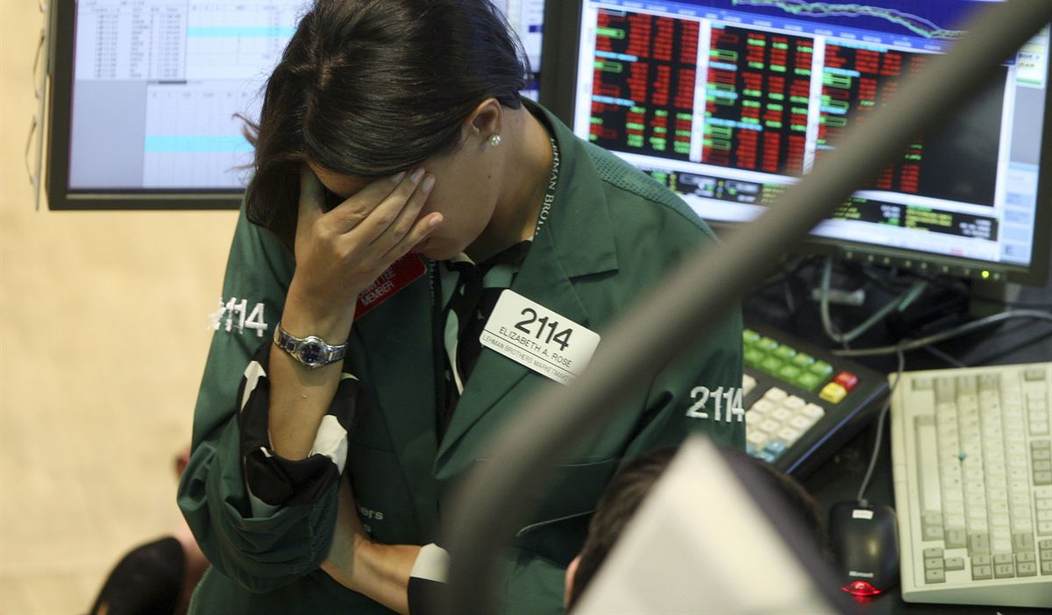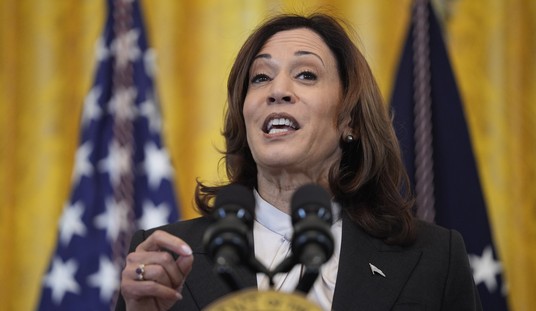I’m not sure if yesterday was a tight, tension-filled session or just a lazy summer session, where the stuff happening outside was more fun than buying and selling stocks. I will say, although, the session was a lot stronger than the major indices would suggest (see market breadth). Also, buyers emerged during the deepest lulls.
NYSE
- Advancers: 1,731
- Decliners: 1,202
- Up Volume: 2.1 billion
- Down Volume: 1.6 billion
NASDAQ
- Advancers: 1,930
- Decliners: 1,174
- Up Volume: 1.1 billion
- Down Volume: 775.7 million
Not Burning a Hole
The disciplined American consumer continues to be the main story of this part of the decade-long recovery, buoyed by higher wages, job security, and stronger optimism. In the last six months, we saw a monster consumer confidence report. However, the personal income and spending data from the U.S. Bureau of Economic Analysis (BEA) revealed households aren’t getting out of their lane.
That’s been the lane of caution since the Great Recession, which began in December 2007. Back then, the U.S. savings rate was just 3.6%, as the stock market was near an all-time high, and the housing boom was still radiating excitement. The narrative was more households were in the stock market, so why put money in a boring savings account or underperforming certificates of deposit (CDs)?
The fact of the matter is since the mid-1970s, American savings rates have been drifting. Interestingly, this was the case even after five recessions (see gray strips on this chart), but something happened with the Great Recession. While I don’t agree it was the worst economic period since the Great Depression, the aftermath has left a similar scare on consumers.
Households seem to reel themselves in whenever there’s too much spending.
New American Consumer
That brings us to the recent spike in personal savings. Personal savings are trending higher, even as wages and the stock market have also made impressive moves.
Recommended
Last December, it was the case of the media fear mongering that saw savings spike to 8.8% from 7.2%, a move I’m not sure ever happened month-to-month. In that same month, personal incomes rocketed higher by 9.0%, but consumption cratered by 9.0%. That near-death scare didn’t go completely away, and probably has only exacerbated those nightmares that lingered over the Great Recession.
I suspect if human behavior repeats itself, then we would have to see consumers forget the bad times and spend more of their incomes as they pile up credit card debt that becomes more expensive to service. Until that happens, the bedrock of our economy is the foundation for the continued stock market rally.
When we lose our inhibitions and start to spend more than we earn, and our savings rate plunges back toward 4%. I think it will correspond with a peaking stock market. For now, both seem a long way off.
Earnings Beats
Apple (AAPL)
The company beat the Street with earnings of $2.18 versus estimates of $2.10. Despite iPhone revenue being lower than expected, the overall report reflects a company that’s more than a one-trick pony, able to withstand challenges as it broadens its revenue streams.
Apple June Quarter Geographic Performance | 2019 | 2018 |
Americas | $25,056 | $24,542 |
Europe | $11,925 | $12,138 |
China | $9,157 | $9,551 |
Japan | $4,082 | $3,867 |
Rest Pacific | $3,589 | $3,167 |
Total | $53,809 | $53,265 |
Millions USD
The iPhone swooned more than expected, coming in well below the $26.5 billion consensuses. Wearables were impressive, even though the Street was looking for $11.9 billion. The bottom line is that record services helped make this the best June quarter in the company’s history.
Apple June Quarter Product Performance | 2019 | 2018 |
iPhone | $25,986 | $29,470 |
Mac | $5,820 | $5,258 |
iPad | $5,023 | $4,634 |
Wearables | $5,525 | $3,733 |
Services | $11,451 | $10,170 |
Total | $53,809 | $53,265 |
Millions USD
Mondelez (MDLZ)
- Earnings per share (Eps): $6.06, estimate $6.03
- Organic sales: +4.6%, estimate 2.8%
Amgen (AMGN)
- Revenue: $5.87 billion, estimate $5.68 billion
- Earnings per share (Eps): $3.97, estimate $3.59
Electronic Arts (EA)
The company beat the Street, as the game ‘Apex Legends’ came through, helping the company compete in the new direction of the video game culture.
Revenue by Composition | % Total | Change |
Game downloads | 10.9% | +14% |
Live streams | 60.5% | +20% |
Mobile | 15.4% | -19% |
Packaged games | 13.2% | -11% |
Portfolio
We’ve taken profits on several positions in the model portfolio and the cash level is higher – we hope to put some to work before the week is over.
Communication Services | Consumer Discretionary | Consumer Staples |
1 | 3 | 1 |
Energy | Financials | Healthcare |
1 | 2 | 1 |
Industrial | Materials | Real Estate |
2 | 3 | 1 |
Technology | Utilities | Cash |
3 | 0 | 2 |

























Join the conversation as a VIP Member